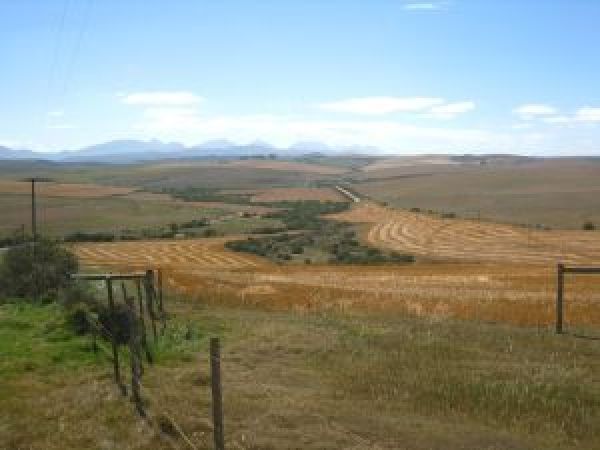Climate change is heavily related to the increase of CO2 in the atmosphere. During photosynthesis, plants absorb some of the industrial CO2 emissions from the atmosphere, making them contribute significantly to climate protection. “The CO2 increase in the atmosphere is currently lower than to be expected from anthropogenic emissions,” says Professor Almut Arneth from the Institute of Meteorology and Climate Research – Atmospheric Environmental Research (IMK-IFU) at KIT Campus Alpin in Garmisch-Partenkirchen. 20 to 25 percent of the CO2 released by humans into the atmosphere is currently being absorbed by plants. “This effect curbs climate change; without it global warming would have progressed further by now,” the scientist says. “The question is whether it will stay this way in the next few decades.”
A research group led by Arneth and Dr Benjamin Quesada at IMK-IFU has dealt with the impact of changes in land use on the expected concentration of carbon dioxide – in other words CO2 projection – in the earth's atmosphere. Their study titled “Potential strong contribution of future anthropogenic land-use and land-cover change to the terrestrial carbon cycle” published in Environmental Research Letters shows that changes in land use have a significant impact on future CO2 absorption from the atmosphere.
If forests are cut down in favor of arable land and pasture land, it reduces the capacity of plants and soil to take up CO2. “The wood in a forest can store more CO2 than corn for example,” explains Arneth who in her research deals with the interaction between the atmosphere, plants and soil. If deforestation were to continue, it could even be expected that large parts of the tropics will change from a CO2 basin – which absorbs more CO2 than it releases – to a CO2 source.
Read more at Karlsruhe Institute of Technology (KIT)
Photo: New study suggests: The conversion of forests into agricultural land accelerates climate change. CREDITS: Dr. Anita Bayer, KIT / IMK-IFU


